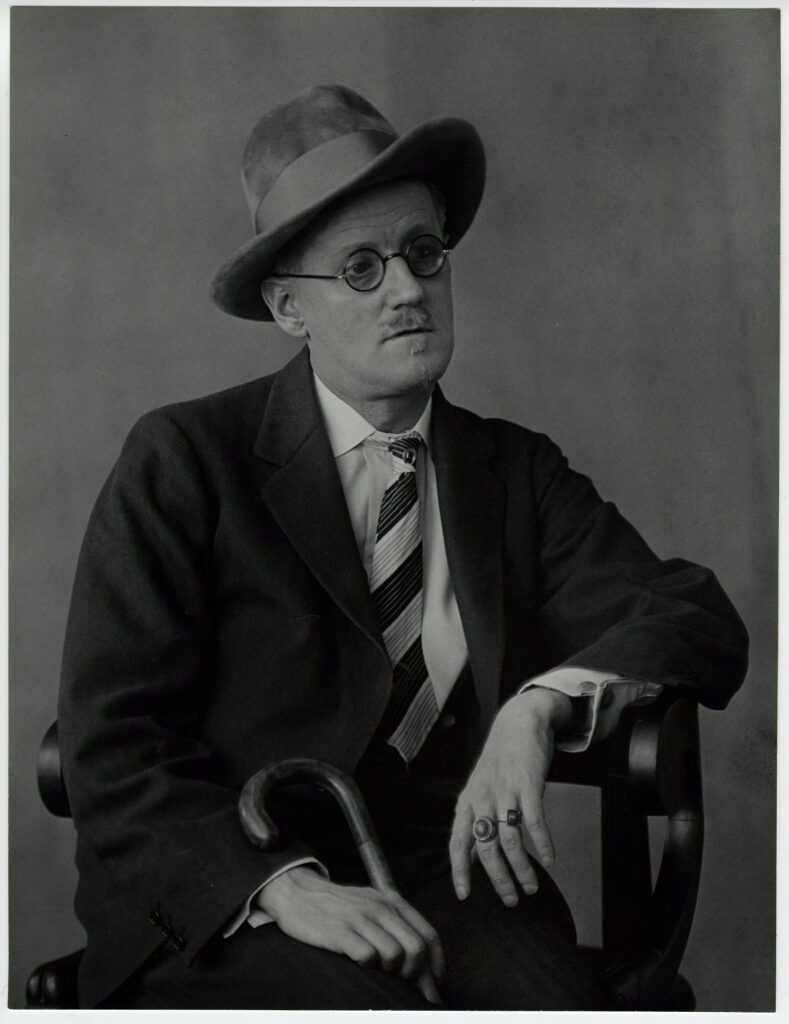Berenice Abbott
Berenice Abbott (1898–1991) is a seminal figure of 20th‑century photography, renowned not only for her images of 1930s New York City but also for her diverse oeuvre across disparate genres. With a remarkable clarity of vision, Abbott’s consistently strong work is objective and realist. As she herself wrote, “Photography can never grow up if it imitates some other medium. It has to walk alone; it has to be itself.”
Abbott had originally set her sights on a photojournalistic career until she left her native Ohio for New York City, where she was exposed to the Bohemian lifestyle and decided to become an artist. She worked in sculpture briefly and spent time in Paris and Berlin pursuing her artistic ambition. In 1925 she was hired by Man Ray to work in his photography studio, and under his tutelage—despite knowing nothing of photographic technique—she quickly developed a natural aptitude. In 1928 she exhibited her work in the Independent Salon of Photographers alongside André Kertész and Man Ray. Her early photographs were straightforward, and in the 1930s—deeply influenced by Eugène Atget’s documentary “The Lost Paris of the 19th Century”—Abbott continued this style in her large‑format documentary series “Changing Times – New York,” all while running her own portrait studio.
One of Abbott’s greatest accomplishments was her committed effort to preserve the oeuvre of Eugène Atget. Deeply inspired by his work and having befriended him near the end of his life, she returned to New York City in the 1930s during a period of rapid modernization. Just as Atget had documented late‑19th‑century Paris before its transformation, Abbott’s mission was to record the “old New York” being cleared away for skyscrapers. The “Changing Times – New York” project was extraordinarily difficult to realize during the Great Depression; after exhausting her own funds and being turned down by private patrons, she secured support from governmental agencies to complete this landmark body of work. Abbott’s pictures of 1930s New York remain among the most important photographic documentations of any American city, leaving behind a lasting legacy.
Photography & Works
-

Berenice Abbott
August Pingpank Barber Shop Add to cart -

Berenice Abbott
Blossom Restaurant, 103 Bowery, Manhattan Add to cart -

Berenice Abbott
Danforth, Maine Add to cart -

Berenice Abbott
Department of Docks and Police Station, Pier A, Hudson River, New York Add to cart -

Berenice Abbott
El, 9th. Avenue, NYC Add to cart -

Berenice Abbott
Fourth Avenue, No. 154, Brooklyn Add to cart -

Berenice Abbott
Gunsmith and Police Department, 6 Centre Market Place, Manhattan Add to cart -

Berenice Abbott
James Joyce Add to cart -

Berenice Abbott
Lebanon Restaurant (Syrian), 88 Washington Street, Manhattan Add to cart -

Berenice Abbott
Louisburg Square, Boston, MA Add to cart -

Berenice Abbott
Lyric Theatre, 100 Third Avenue, New York Add to cart -

Berenice Abbott
Manhattan Skyline II Add to cart -

Berenice Abbott
New York Stock Exchange Add to cart -

Berenice Abbott
Poultry Shop, East 7th Street, New York Add to cart -

Berenice Abbott
Rope Store, Peerless Equipment Co., 189 South Street, Manhattan Add to cart -

Berenice Abbott
Rothman’s Pawn Shop, 149 Eighth Avenue, Manhattan Add to cart -

Berenice Abbott
Route 1 near Baltimore, MD. Add to cart -

Berenice Abbott
South Street with Brooklyn Bridge (from portfolio lll) Brooklyn Bridge, Pier 21, Pennsylvania Railroad, Manhattan Add to cart -

Berenice Abbott
Sumner Healey Antique Shop, 942 Third Avenue and 57th Street, Manhattan (from portfolio lll) Add to cart -

Berenice Abbott
Treasury Building from J.P. Morgan’s Office Add to cart -

Berenice Abbott
Tri-boro Barber School, 264 Bowery, New York Add to cart





